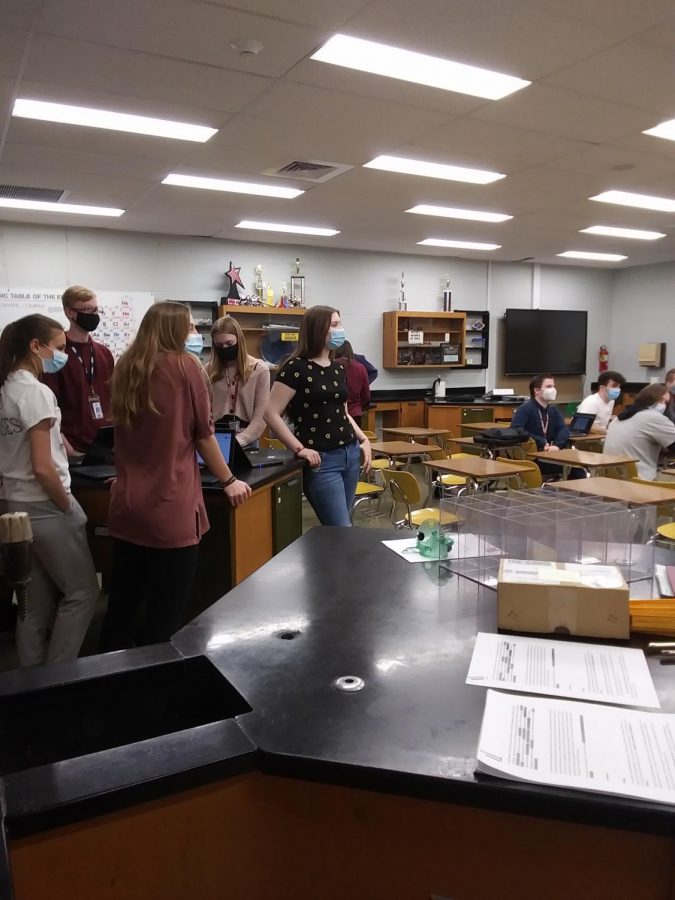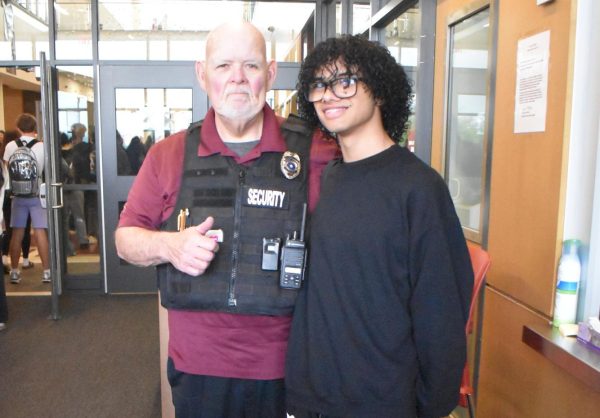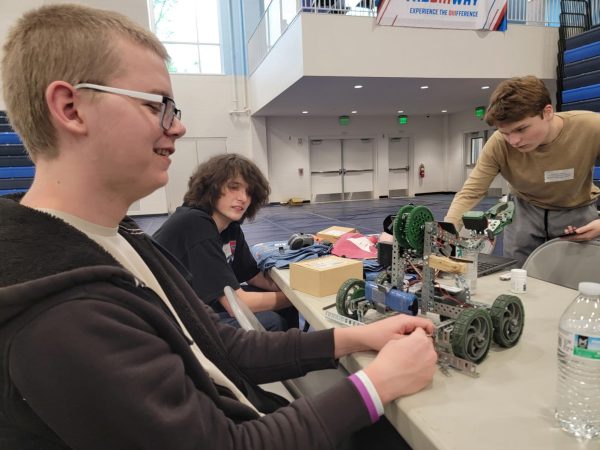Students discuss feelings about returning to school full time
This year has been a roller coaster for students and teachers alike. Students have to keep changing how they learn and teachers have to change their lesson plans and the way they teach. Some normalcy, after a year of on and off virtual school, has returned and students now have the option to return to full traditional school.
Most students are happy that school has returned to a traditional school schedule.
“There are things I like and don’t like about it, but for the most part, I like being able to walk to get to my classes instead of sitting in a chair all day,” junior Brooke Ajay said.
Some students preferred the hybrid model compared to the traditional school model.
“I prefer the hybrid schedule better because I get to stay home some days while still getting to see my friends and get out of the house a few times a week,” sophomore Oliva Hollen said.
Other students have stayed virtual and have decided to do so for the rest of the year.
“I stayed virtual because the idea of everyone there sounds unsafe, and my dad had been very protective during this whole thing,” sophomore Katie Hovan said.
Students chose to return to full time instruction for different reasons.
“I do think it is important for kids to get back on a full schedule even though it may be hard to adjust,” Hollen said. “It helps with many students’ mental health and gives them a space to learn and focus without distraction.”
People have expressed that being in school is helping them with their classes.
“I think that if you’re like me and you’re in a bunch of music classes, it’ll help you greatly, but for the majority of my classes, the teachers do a great job of keeping learning consistent, whether you’re in-person or virtual,” Ajay said.
Some students were virtual for the whole year but switched when school went back to traditional.
“I tried it [hybrid model] and, to me, it just felt like my learning environment wasn’t any different than it was at home,” Ajay said.
There are academic challenges to every model of instruction.
“I enjoy being with my friends, and orchestra is probably my favorite part of the day because it’s not just me playing by myself anymore,” Ajay said.
Mostly, students seem to be handling the switch between school formats well.
“I’m still transitioning, but I’ve found the quickest ways to all of my classes, and I don’t even need to think about where I’m walking to anymore,” Ajay said.
Students who have stayed virtual express that they want to return to full traditional school when they feel it is safer.
“It would be nice to come back to school. Personally, I thought the hybrid idea was better and while it might have been confusing it was safer. It’s been a weird year, and I miss social interaction and in-person learning, so yes I want to come back but not until it’s safer,” Hovan said.
Virtual students have said that their schooling format was lonely and not helping them much.
“Virtual was fine at first. Because who wouldn’t want to stay in comfy clothes all day, eat whenever you want and totally ‘not be on your phone?’ While I still do those things, being virtual becomes lonely and about self discipline, as well as procrastinating. And I don’t enjoy it as much as I did before,” Hovan said.
Students who have stayed virtual feel like if they came back at some point, it would be beneficial.
“Being in school is more practical than doing online school 24/7. I’m coming back for my eleventh grade year thankfully, and I think it would make a big difference. I don’t feel like I’m in school and that all of this is a chore I have to do,” Hovan said. “So physically being back would help me better understand, and while I might be behind, I know teachers would be understanding to help their students with the adjustment of everyone being back and learning in the traditional way.”
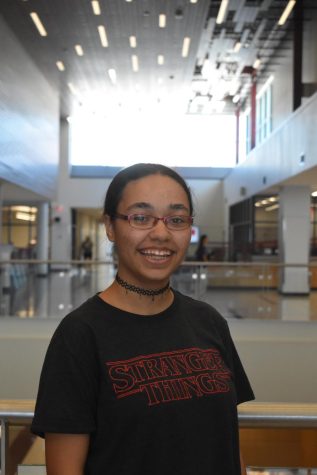
Hi! I am Myah Lear. I am a senior and I'm the media manager of the AAHS Mountain Echo staff. I have played viola since the fourth grade. After school,...
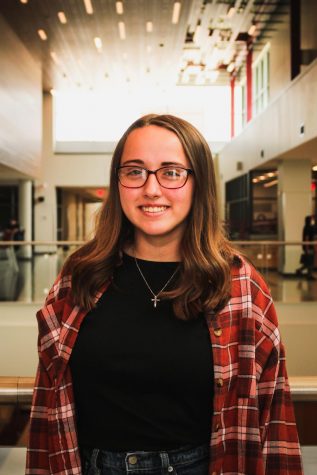
Hello, I'm Destiny and I'm a Senior at AAHS. This is my third year writing for Mountain Echo. I wrote for the AAJHS Livewire during my freshman year. My...


